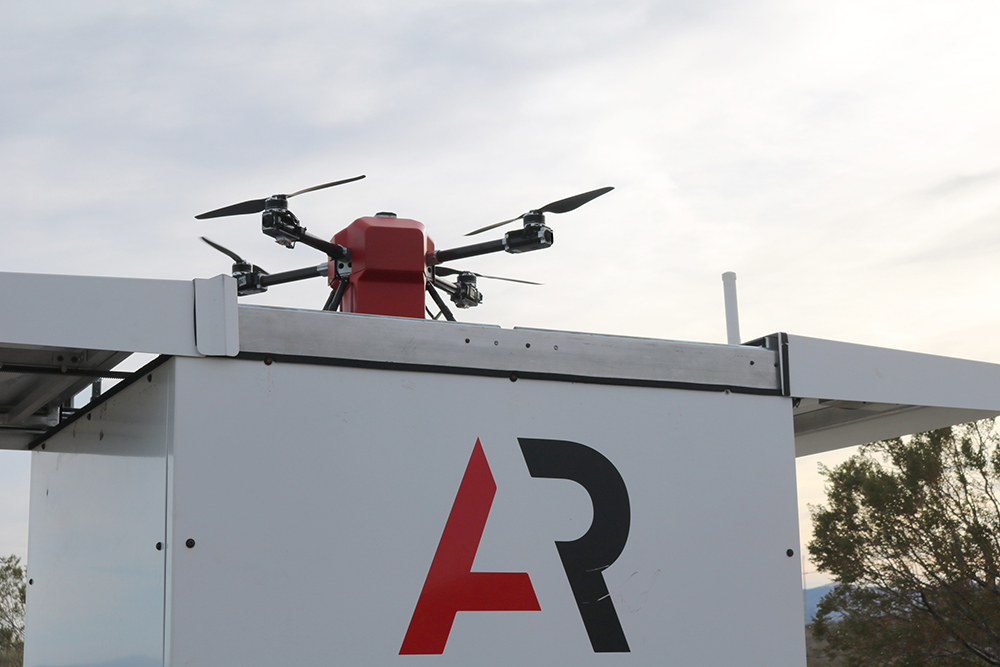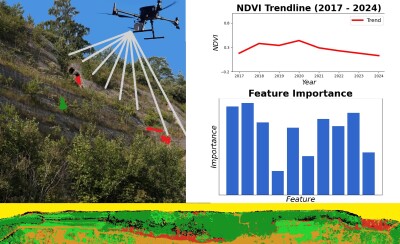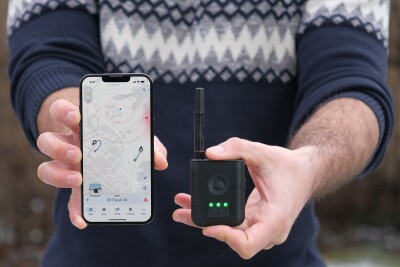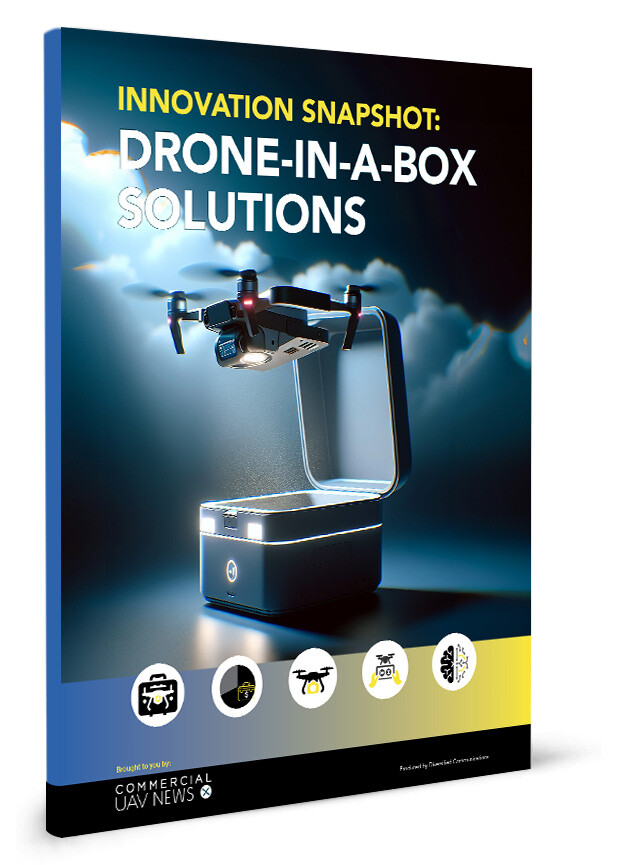Mergers, acquisitions and shake-ups across the drone have made plenty of headlines over the years. Some of them are about an opportunity that a given company recognized while others are connected to a much a bigger strategy. With the news that Ondas Holdings Inc. has completed the acquisition of American Robotics, Inc., what can we say about how American Robotics fits into the Ondas strategy or what kind of new opportunities will be created as a result of it?
Ondas provides private wireless network platform to industrial markets but is specifically focused on the critical infrastructure markets. These organizations are in charge of the electric grid, oil and gas pipelines, railroads and other pieces of literal infrastructure that support the entire country. Managing these assets is no small task, especially when the effort to do so is often dependent on outdated technology.
“These critical infrastructure organizations need to be able to connect their assets, their people and their equipment in the field, but doing so is harder and harder when they have to rely on legacy narrowband systems,” said Eric Brock, Chairman and CEO of Ondas. “When I say ‘legacy,’ I'm not talking something that’s ten or twenty years old. Most of these networks are thirty or forty years old which is why they're increasingly inadequate to handle the requirements for the new digital technologies that the industrial economy wants to adopt.”
The consumer networks that we’re all familiar with don’t meet the requirements of these critical infrastructure markets. The Ondas private network is specifically designed to provide critical infrastructure markets with improved connectivity and data collection capabilities. The autonomous capabilities of the Scout System from American Robotics will allow Ondas to do so in a more complete way but they’re just the beginning of the opportunities that are going to be cultivated as a result of this news.
While networks like the one Ondas has built are enabling connectivity in a way that is not possible over the consumer networks, these critical infrastructure organizations aren’t just focused on using these networks to create efficiencies with their established processes. They want to be able to explore new applications that will be enabled by applications like edge computing, which means they’ll be able to process the data they’re collecting as close to the operation as possible. The Scout System from American Robotics will support these autonomous workflows at scale in a way that technology advocates have been talking about for years.
“Having a drone that you have to manually pilot is nowhere close to what’s required to make commercial drones scalable,” said Reese Mozer, CEO and co-founder of American Robotics. “We're talking about deploying thousands of these systems that are supposed to be operating all day, every day. You need reliable communications and a reliable data link to make all of that work. That’s why I really think we’re at an inflection point with our autonomous workflow that will now be supported by the Ondas network. I've been in this space for 10 years and this is what we've been waiting for.”
That inflection point is the result of complementary technologies coming together with the regulatory permissions to operate BVLOS. The American Robotics Scout System automates everything with a given task, but even more importantly, they are approved to operate without humans being involved at all. This combination of technical innovation and regulatory approval is unique and directly connects to the opportunities that Ondas is looking to build on in the short and long term.
“A massive amount of time, talent, energy and capital is being invested in developing drone technologies for good reason,” Brock continued. “With edge computing, sensor networks and autonomous drones, you’re talking about capturing, processing and analyzing a lot of data, but doing so is going to become the expectation. We’re cultivating a next generation platform that isn’t just about replacing the legacy network but is also one that uniquely understands the data requirements are only going one direction for the industrial economy at large.”
The high-resolution data being captured autonomously, every day, from around the world, will unlock a whole new stage of the economy. There's value that users can explore as part of their current workflows and processes but they’ll also be able to explore opportunities with edge computing that weren’t even a possibility a few years ago. Such ambitious endeavors are directly connected to a concept that American Robotics has been focused on since the beginning.
“Ultimately, we want to build a drone program is about more than just the drone itself,” Mozer said. “Because we understand what the scope of these complete solutions look like, and how they can define and enable connectivity on every level, we know what it means to scale. The data processing pipeline that's completely automated with our system is built on top of the autonomy and approval that we already have, so there’s a more you’d going to be seeing from us.”
Those future developments include plans for American Robotics to hire top talent, allowing them to answer questions related to what it means to deploy and install thousands of systems but then also support them. Those distinctions will create brand new opportunities in the critical infrastructure markets and beyond.
What kind of value can drone technology enable at scale? We’re about to find out.















Comments